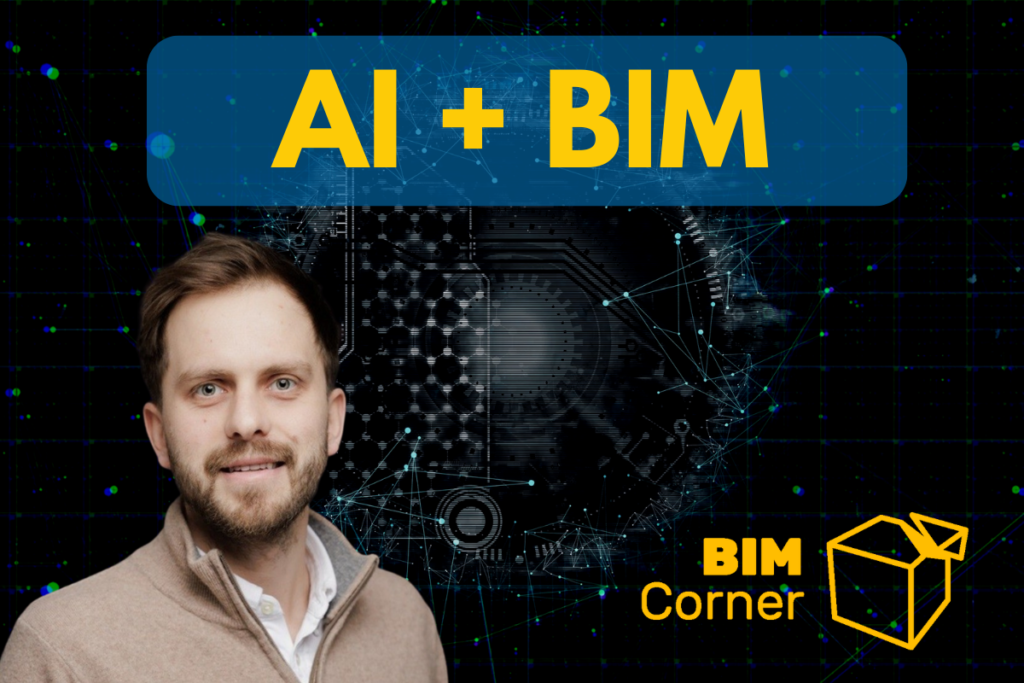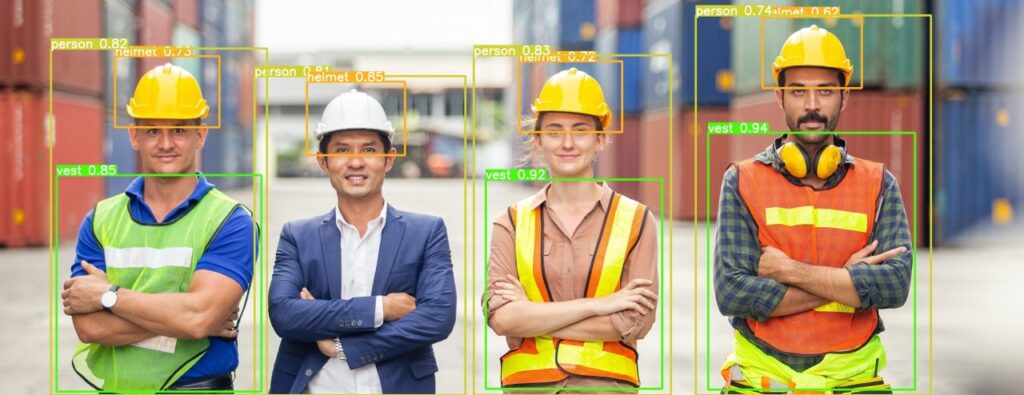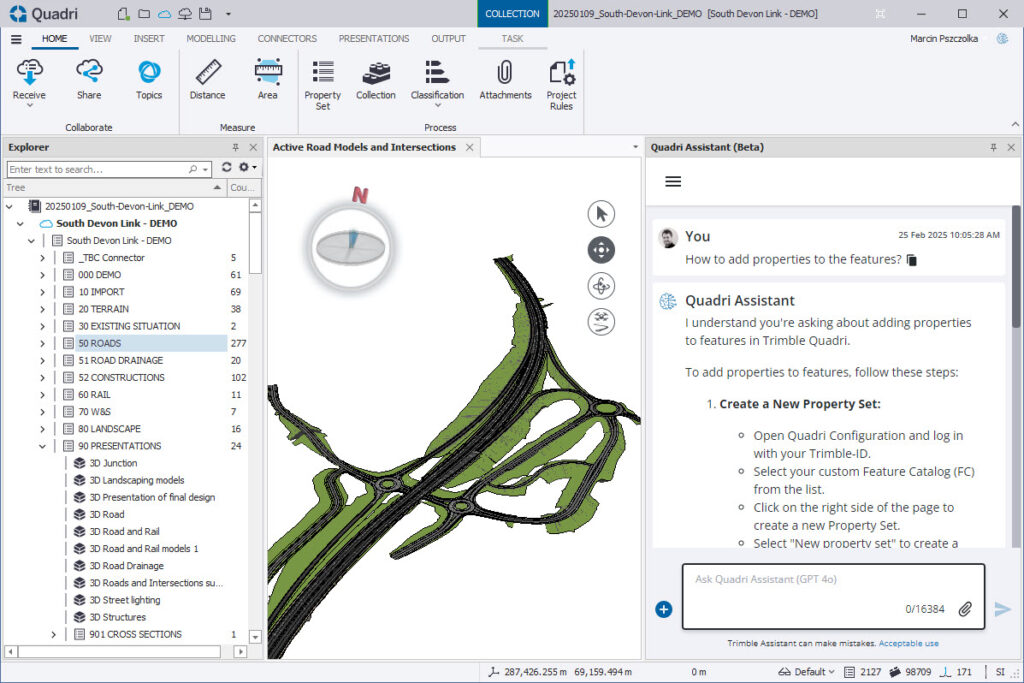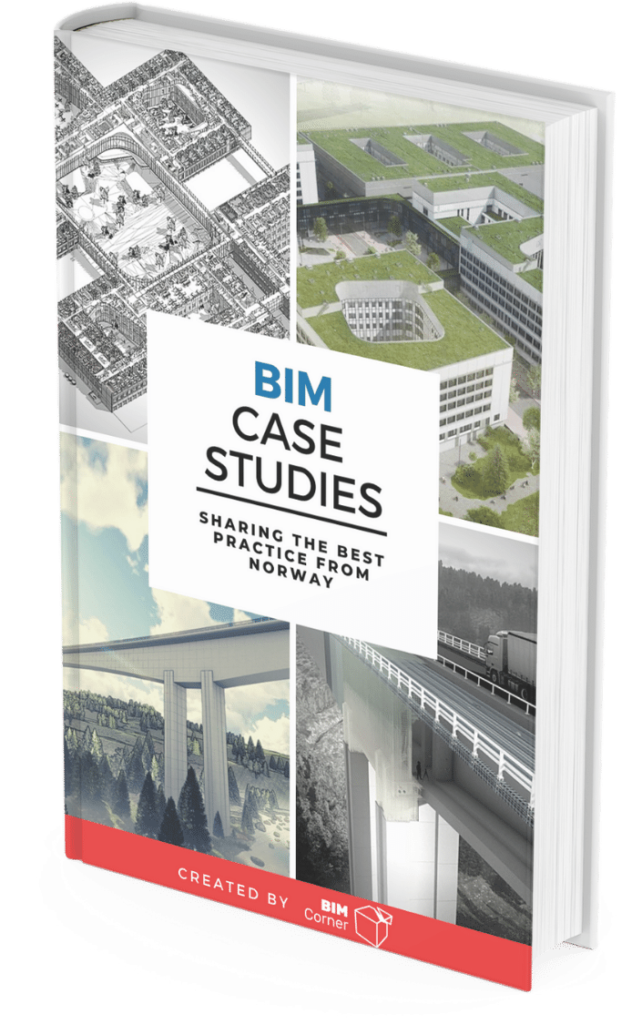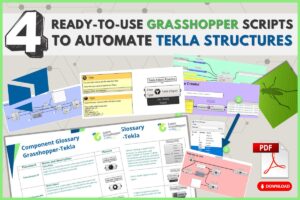How does it look in construction? Does AI really have a practical use in this field already? When combined with the BIM (Building Information Modeling) method, it opens new possibilities in designing, managing, and completing projects. From analyzing spatial data, to optimizing schedules, and automating processes, artificial intelligence is shaping the future of construction before our eyes.
Below, I show the key areas where AI is already affecting the construction industry and speeding up its change.
I want to point out that this is my personal list, based on my own experiences and analysis, which shows the most meaningful and practical uses of these technologies as of today.
Automatic classification of point clouds and geometry extraction
One of the most interesting uses of artificial intelligence (AI) is point cloud analysis – sets of spatial data collected with LiDAR technology or photogrammetry.
Point clouds have a huge amount of information that needs careful interpretation. AI makes it possible to automatically classify this data, which helps to quickly and accurately tell different objects apart, such as buildings, trees, roads, or parts of technical infrastructure. Thanks to models that learn from large data sets, it is possible to quickly and accurately identify elements of the environment, which greatly speeds up the analysis process.
Check details here: Trimble Business Center x AI
Safety on the construction site
Artificial intelligence is changing the game on construction sites by setting new safety standards. Modern AI systems with cameras and sensors allow constant, real-time monitoring of the work area. This helps to quickly spot dangers and react before an accident happens.
Analyzing recordings and sensor data helps quickly identify incidents, which shortens response time and reduces the effects of any events. Smart algorithms can predict risks such as falls, machine collisions, or dangerous work conditions. Also, these systems check camera images to see if health and safety rules are broken – for example, if someone is not wearing a safety helmet – and can warn workers immediately.
In my opinion, these solutions will soon become a regular part of modern construction sites, helping to improve safety and work efficiency.
Source of the picture: LINK
Conversation with the BIM model
Advanced AI models open new possibilities for interacting with the BIM model. With precise commands, a user can easily change the 3D view, filter data, and highlight key parts of the project. This technology allows for fast searching of important objects – from HVAC systems to load-bearing structures – and also lets you change their colors, which makes analysis much easier.
In addition, the system can automatically add notes, enriching the model with necessary technical information, and at early design stages, it generates basic structural elements, supporting the entire project creation process.
I predict that by 2025 most design programs will offer this functionality.
Hyper AI
Visualizations and rendering
Artificial intelligence is changing the way we see architectural visualizations. Modern solutions allow for fast creation of photorealistic renders of BIM models, removing the need to wait for hours for a finished image. The visualizations have precise details – from realistic textures and natural shadows to dynamic light effects, which help in a deeper project analysis.
Check here: SketchUp x AI
Support in BIM applications
AI can greatly improve working with BIM tools by helping users understand their complex functions and fully use their features. With AI, complicated operations become clearer, and smart suggestions show the best ways to complete tasks, making it faster to achieve the desired results. Also, AI-based systems can analyze the results from applications, helping to interpret them correctly and giving a deeper understanding of the presented information.
An example of this is Quadri Assistant, which supports users by suggesting the best solutions. Currently, this technology is still developing and gaining new features.
Spatial planning
Artificial intelligence can help optimize space and reduce risks in urban planning.
AI algorithms assist in analyzing the efficient layout of buildings, allowing for better space optimization. AI can also help reduce risks and increase usable space by finding the best design solutions. Additionally, AI makes it easier to analyze data, such as quantity take-offs and carbon emissions, allowing for a more accurate cost and environmental impact assessment.
TestFit
Creating your own BIM applications
To summarize the role of artificial intelligence in construction, it is important to highlight its great ability to automatically generate code. AI allows the creation of custom applications, perfectly suited to specific project needs. With these solutions, designers can quickly generate scripts and tools without deep knowledge of programming languages, opening new possibilities for process automation.
An example is using the Python language and the IfcOpenShell library – a solution I personally use to make working with IFC files easier.
These “custom” applications not only improve work efficiency but also reduce the time needed to introduce innovative solutions at every stage of the design process.
Check video about it here: LINK
Summary
Looking at the examples above, we can confidently say that artificial intelligence is already a revolution in construction. From smart point cloud classification and photorealistic visualizations to support in handling BIM models and creating custom applications – AI improves efficiency and safety at every stage of a project.
And it works faster and makes fewer mistakes than humans!
What is your opinion?
If you want to learn more fascinating solutions in the industry, we invite you to read more articles on our blog.

